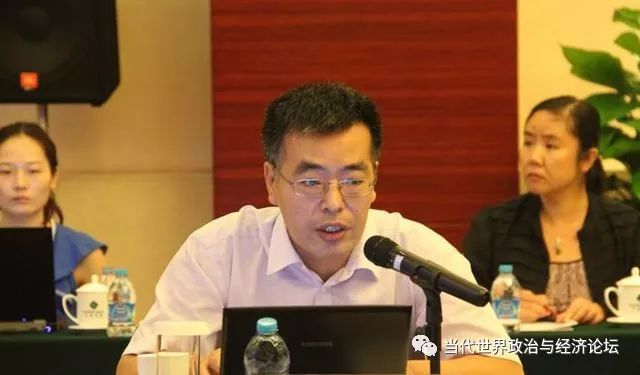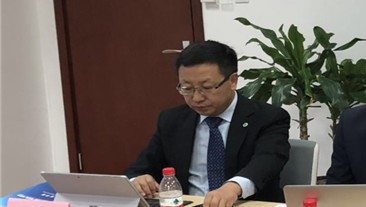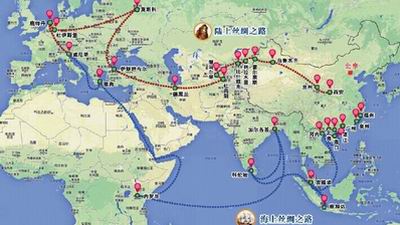编者按:中国论坛特约专家于洪君大使受邀为重新发行的《巴库对话》第一期撰稿。《巴库对话》是由阿塞拜疆ADA大学(原阿塞拜疆外交学院)发行的旗舰英文政策杂志。ADA大学主要目标是培训阿塞拜疆外交事务专家,其创始董事是阿塞拜疆外交部副部长,阿塞拜疆驻美国前大使哈菲兹·帕沙耶夫(Hafiz Pashayev)。
Silk Road Pathways: The China–Central Asia–West Asia Economic Corridor
Since the outbreak of 2008 world financial crisis, issues such as lackluster economic growth around the world and lack of progress in regional cooperation have not been resolved. Conservatism, isolationism, racism, populism, and unilateralism are on the march; political and social movements based on opposition to economic globalization are in vogue; and policymakers as much as ordinary people are expressing concern about the future of the world. Based on his observations and thoughts with regards to modern international relations, as well as his commitment towards a common destiny for mankind, Chinese President Xi Jinping proposed the launch of the Silk Road Economic Belt and Twenty‑first Century Maritime Silk Road, which together form the globally influential Belt and Road Initiative (BRI).
Since this proposal was made in autumn 2013, the international community’s broad participation in the Belt and Road Initiative has demonstrated that BRI is more than just a new measure for China to develop domestic and international markets, or even a signpost for how to grow in concert with the world. BRI is also a new model for promoting international cooperation beyond political, social, and geopolitical differences, aiming to achieve deeper congruence of development pathways.
BRI and the South Caucasus
So far, within the broader framework of the Belt and Road Initiative, the China–Central Asia–West Asia Economic Corridor has involved both the greatest number of countries and the most complex projects. The South Caucasus has since ancient times been an important node on the Silk Road, connecting various regions. China has immense potential for cooperation with Azerbaijan, Georgia, and Armenia, and we have much to offer in partnership. Every party should improve dialogue and cooperation, and together endeavor to finish work on this corridor.
The China–Central Asia–West Asia Economic Corridor aligns with the developmental interests of all parties and has a broad future prospect.
The China–Central Asia–West Asia Economic Corridor aligns with the developmental interests of all parties and has a broad future prospect. The corridor spans much of the Silk Road region. It starts from China, directly connecting with Kazakhstan, Kyrgyzstan, and Tajikistan, then continues through Uzbekistan and Turkmenistan to connect with the rest of West Asia, which naturally includes the South Caucasus.







